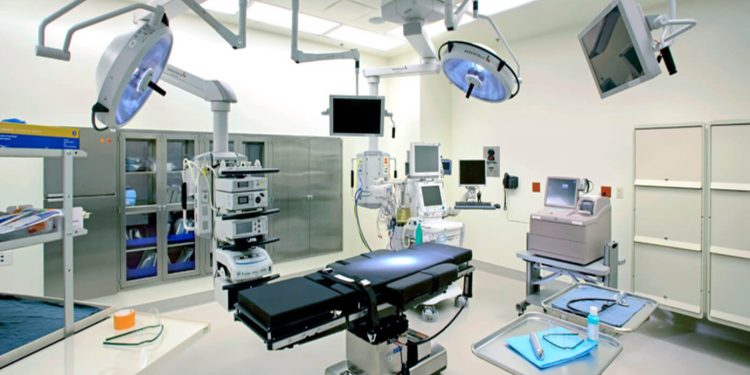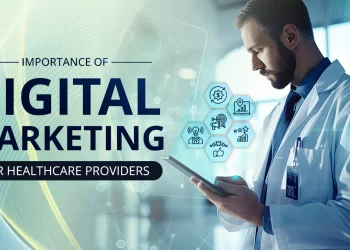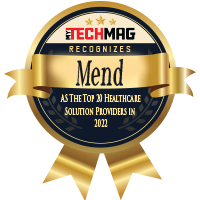Tackling medical device distribution challenges is the key to the success of the global MedTech industry. MedTech has a significant impact on various aspects of the healthcare segment, such as patient appointment, diagnosis, treatment, and monitoring. For instance, the remote monitoring and interpretation of ECGs in Cardiology is aiding the professionals in diagnosing heart attacks and arrhythmia. Interestingly, some other gear helps them embed the latest generation drug-eluting stents to re-establish the heart’s typical working.
Overall, MedTech helps diagnose health issues quicker and more precisely and offers safer and effective treatment options for faster recovery. Notwithstanding the noteworthy advancement, the worldwide incipient MedTech industry is wrestled with numerous difficulties, particularly the cost-effective distribution, divided market, administrative arrangements, and so on. Appropriately dealing with these hardships will help the medical experts correct the pitfalls and build better client relationships.
To help, we have compiled the most common pitfalls that have to be avoided by the medical device distributors.
1. Inadequate Planning and Research
It is crucial to plan and research before organizing an in-person meeting or having a first-time call with a prospect. It could be about the type of questions to ask, sales strategies to execute, or methods to adjust the existing strategies based on the prospect’s interests. Likewise, it is essential to understand your prospect and their roles before personalizing your presentation to their needs.
For instance, the healthcare firm’s administrator will have different objectives when compared to a physical therapist or cardiologist.
2. Overlooking the Clinical Environment
As a medical device distributor, you are aware of the product line’s internal workings and the studies associated with it. You might know the precise working of the supply chain or are capable of describing its demonstrations. At the same time, it is requisite to learn how they can fit into the workflow of a physician, therapist, or simply a trainer.
Therefore, medical device distributors must have an in-depth knowledge of the clinical environment. With this information in hand, one can prove their trustworthiness to the clients and show them how you truly understand their requirements.
3. Usage of Salesy Business Statement
An aggressive salesy communication fails to produce the desired outcome in any segment, be it medical distributors or manufacturing. Hence, one has to focus on offering real value to the prospects rather than boasting their products or services to people around them. Save your prospect’s time and yours by speaking the truth and delivering better patient care with your product.
Tell the customers how you can help them, let them know your reputation, and then pitch your high-quality product to boost sales.
Also Read: COVID-19 Challenges & Opportunities for Medical Device Manufacturing Companies
4. Reaching Out at the Wrong Time
You cannot simply barge in and sell your product to the busy, always-on-the-move physician or rehab specialist. They will more likely ignore your future calls and emails, assuming your intension to make more sales. Similarly, if you don’t nudge them once in a while, you may eventually lose the sale to a competitor who talks to them at the right time. It is crucial to walk a fine line between too much and too little interaction.
The medical device distributors can attain this right balance by making phone calls and sending out emails at appropriate times. With easy-to-understand and to-the-point statements, you can quickly draw their attention and not waste much of their time. Remember, not to follow up before 48 hours after your first call.
5. Unknown Pain Points and Prospect Needs
Although you are into the medical distribution industry for years, you may sometimes fail to understand the prospect’s pain points and needs. Every outpatient clinic, hospital, and rehab department is different, and they have different needs that are unknown to you unless you ask. Therefore, make it a point to ask questions to your prospective clients in your first meet. Try to listen more than talking solely about your products or newly launched healthcare services.
6. Talk More about Features than Benefits
The features of your medical device are essential. However, if you focus only on those features during a demo, rather than the benefits, you may not close more number of deals. The benefits of your product will progressively inspire prospects. That is, they want to know how your product reduces their problem, augments patient outcomes, or streamlines workflow. So, let them know about the potential benefits and appreciate it. And, later, you can explain how it works.
7. Undervaluing the Product with Freebies
Giveaways or free demonstrations are sometimes essential to showcase your medical device’s benefits or how it works. However, giving away too many freebies will certainly underrate your product in the market. You can develop a good relationship with the customers, and they might enjoy the free goodies such as trinkets or supplementary items, but they won’t help you close the deal as foreseen.
8. Reaching Out to the Wrong Prospect
Large healthcare organizations consist of various roles that may or may not be interested in buying your medical product. For instance, the tool designed specifically for physical therapists will be of zero value to the hospital administrators. Therefore, medical distributors have to reach out to the right prospects who will buy from you.
At the same time, some healthcare facilities will have different gatekeepers. Distributors need to get past them and speak directly to the target audience. Although these people won’t make any purchase decision, their words will help your business close more deals than any direct meetings.
Conclusion
By quickly eliminating the pitfalls mentioned above, medical device distributors can undoubtedly enhance brand trust, increase customer loyalty, build lucrative long-term bonds, and reach the revenue goals.







